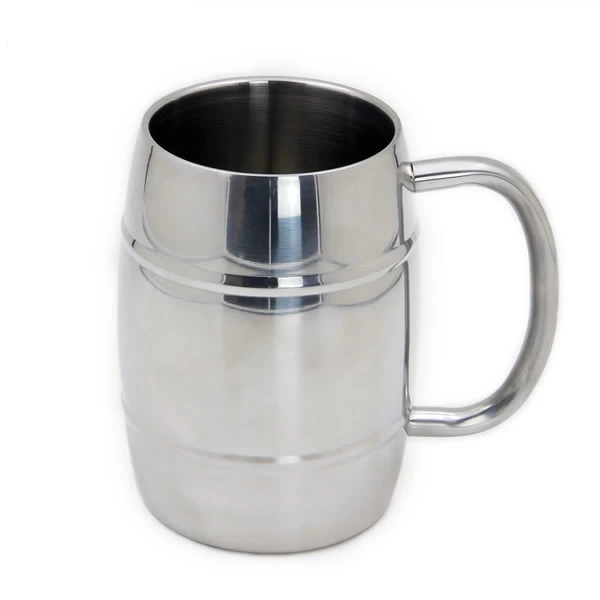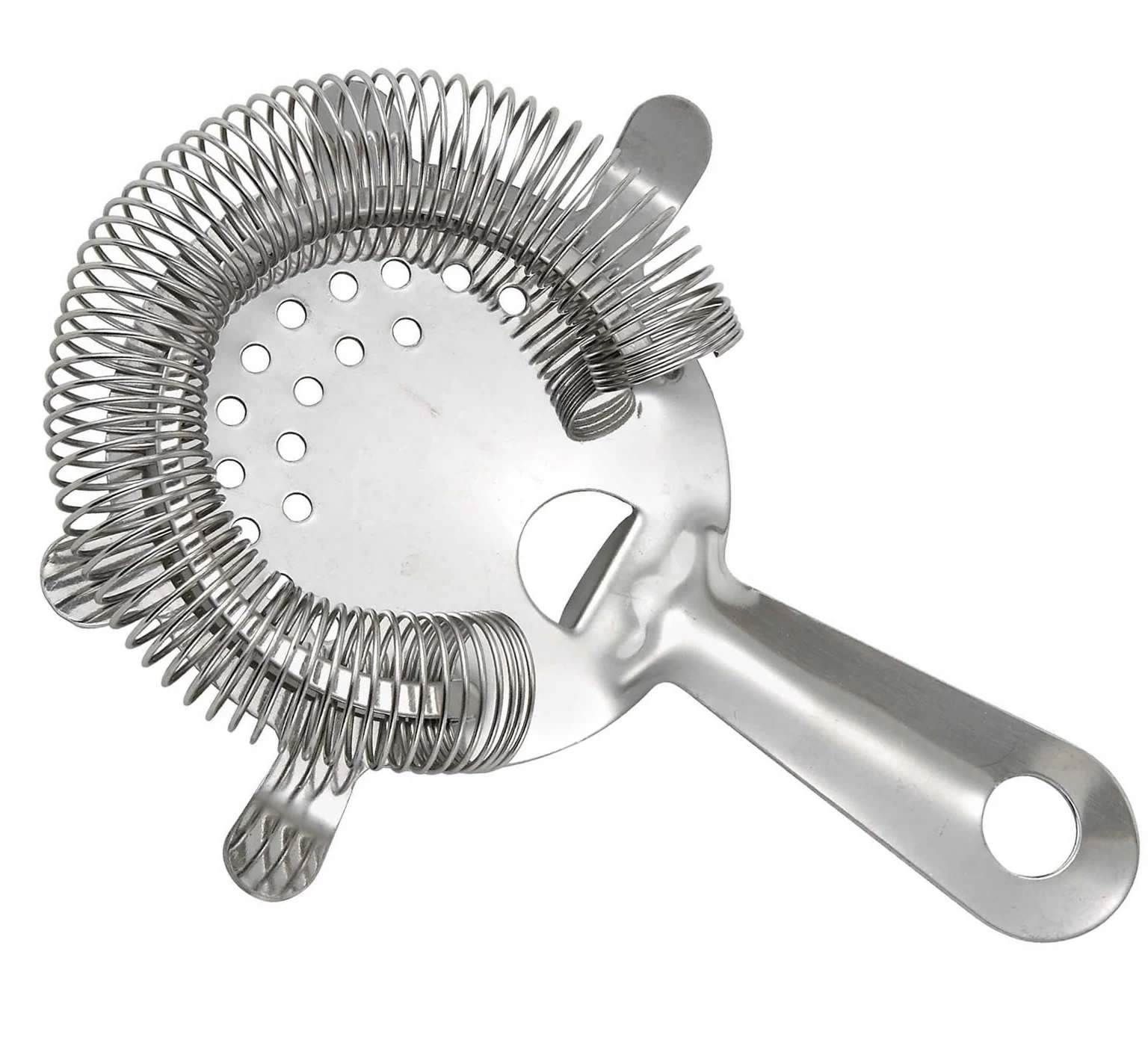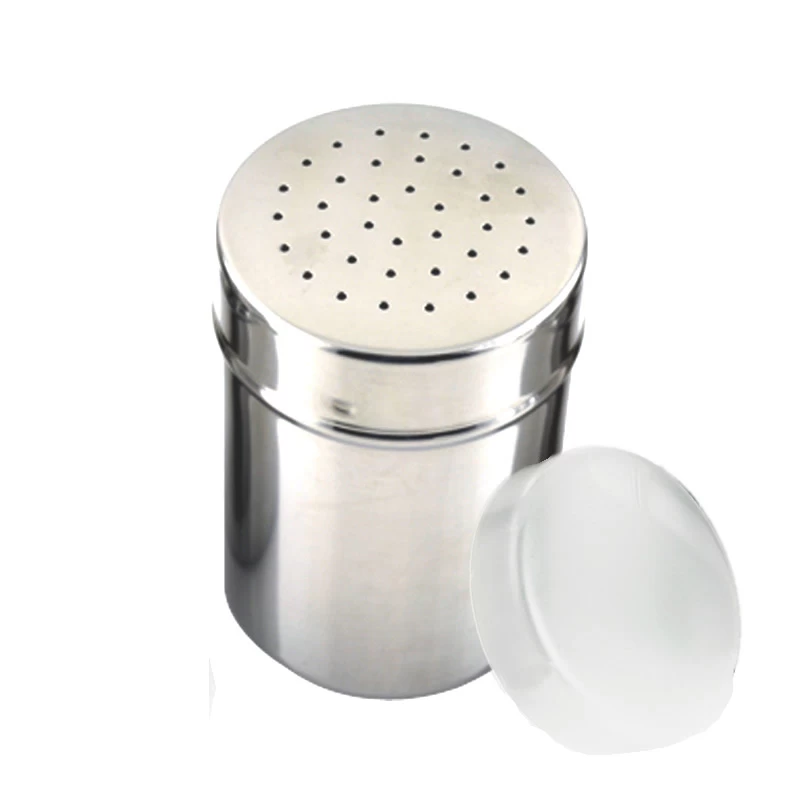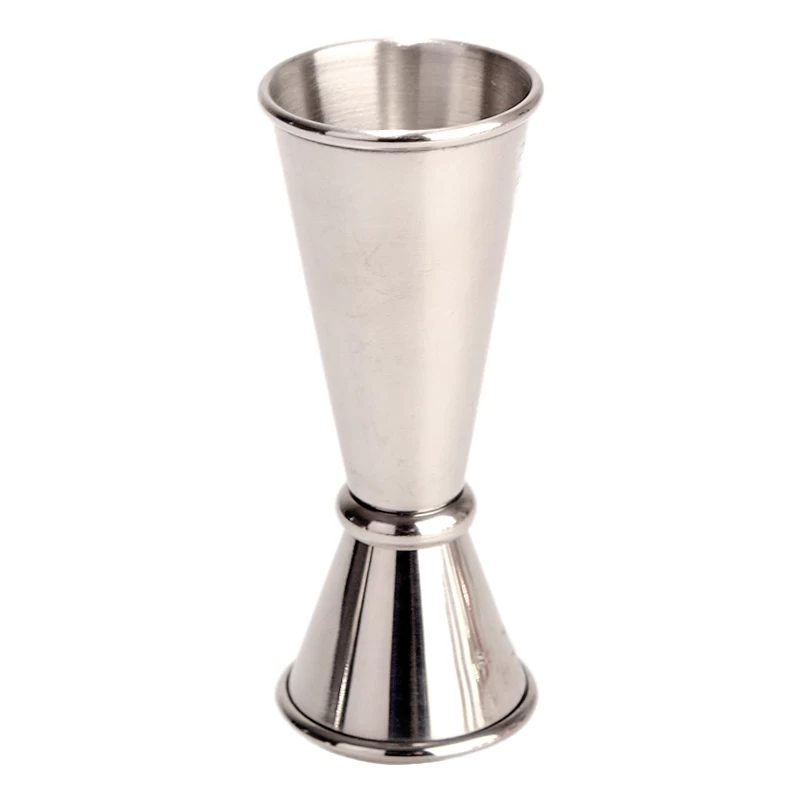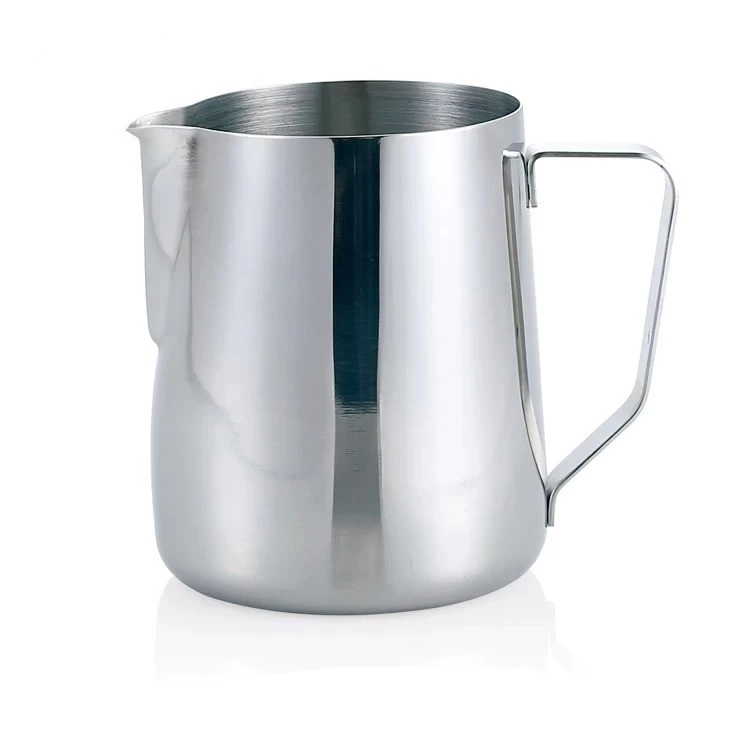The physical properties of stainless steel
E-BON
E-BON
2017-12-11 15:11:24
The physical properties of stainless steel is mainly used for the following said:
E-BON the most excellent stainless steel company, which provide you with Hammered Moscow Mule Copper Mugs.
①The thermal expansion coefficient
A change in the quality of a substance caused by a change in temperature. The expansion coefficient is the slope of the expansion temperature curve, and the instantaneous expansion coefficient is the slope at a specific temperature. The average slope of the two specified temperatures is the average thermal expansion coefficient. The coefficient of expansion can be expressed in volume or in length, usually expressed in length.
②The density
The density of the substance is the mass of the unit volume of the substance, the unit is kg/m3 or 1b/in3.
③The elastic modulus
When the force at both ends of the unit length can cause the body to change the unit in the length, the force required on the unit area is called the modulus of elasticity. The unit is 1b/in3 or N/m3.
④The resistivity
The resistance between the unit length of cubic materials across the two measurement unit, Omega m, Mu Omega - cm or (obsolete) / (circular mil.ft) to express. E-BON the stainless steel specialist, Stainless Steel Mearsuring Cup supplier china.
 ⑤The permeability
⑤The permeability
Dimensionless coefficient, said material easy to be magnetized, magnetic induction intensity and magnetic field intensity ratio.
⑥The melting temperature range
Determine alloy solidification and solidification. The temperature began.
⑦The specific heat
The material temperature of a unit of mass changes the amount of heat required by 1 degrees. In the British system and the CGs system, the two are the same as the heat, because the unit of heat (Biu or CAL) depends on the amount of water per unit mass raised by 1 degrees. The value of the specific heat in the international unit system is different from that of the British system or the CGS system, because the unit of energy (J) is defined by different definitions. The specific heat of the unit is Btu (1b - 0F) and J/ (kg K).
⑧The thermal conductivity
A measure of the rate of heat conduction. A unit of 1 degrees the temperature gradient on the length of the unit cross-sectional area of material, so the thermal conductivity is defined as the unit time of heat conduction, the thermal conductivity of unit Btu/ (H ft 0F) or w/ (m K).
⑨The thermal diffusivity
It is a function of determining the forward migration rate of material internal temperature. It is the ratio of thermal conductivity to specific heat and density product. The thermal diffusivity is expressed by Btu/ (H. Ft. 0F) or w/ (M. K).
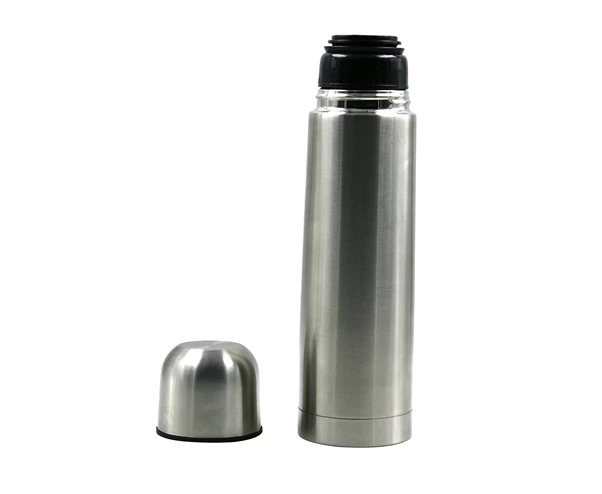
①The thermal expansion coefficient
A change in the quality of a substance caused by a change in temperature. The expansion coefficient is the slope of the expansion temperature curve, and the instantaneous expansion coefficient is the slope at a specific temperature. The average slope of the two specified temperatures is the average thermal expansion coefficient. The coefficient of expansion can be expressed in volume or in length, usually expressed in length.
②The density
The density of the substance is the mass of the unit volume of the substance, the unit is kg/m3 or 1b/in3.
③The elastic modulus
When the force at both ends of the unit length can cause the body to change the unit in the length, the force required on the unit area is called the modulus of elasticity. The unit is 1b/in3 or N/m3.
④The resistivity
The resistance between the unit length of cubic materials across the two measurement unit, Omega m, Mu Omega - cm or (obsolete) / (circular mil.ft) to express. E-BON the stainless steel specialist, Stainless Steel Mearsuring Cup supplier china.

Dimensionless coefficient, said material easy to be magnetized, magnetic induction intensity and magnetic field intensity ratio.
⑥The melting temperature range
Determine alloy solidification and solidification. The temperature began.
⑦The specific heat
The material temperature of a unit of mass changes the amount of heat required by 1 degrees. In the British system and the CGs system, the two are the same as the heat, because the unit of heat (Biu or CAL) depends on the amount of water per unit mass raised by 1 degrees. The value of the specific heat in the international unit system is different from that of the British system or the CGS system, because the unit of energy (J) is defined by different definitions. The specific heat of the unit is Btu (1b - 0F) and J/ (kg K).
⑧The thermal conductivity
A measure of the rate of heat conduction. A unit of 1 degrees the temperature gradient on the length of the unit cross-sectional area of material, so the thermal conductivity is defined as the unit time of heat conduction, the thermal conductivity of unit Btu/ (H ft 0F) or w/ (m K).
⑨The thermal diffusivity
It is a function of determining the forward migration rate of material internal temperature. It is the ratio of thermal conductivity to specific heat and density product. The thermal diffusivity is expressed by Btu/ (H. Ft. 0F) or w/ (M. K).
If you want to get more information about E-BON, you can click manual coffee grinder manufacturer china.








